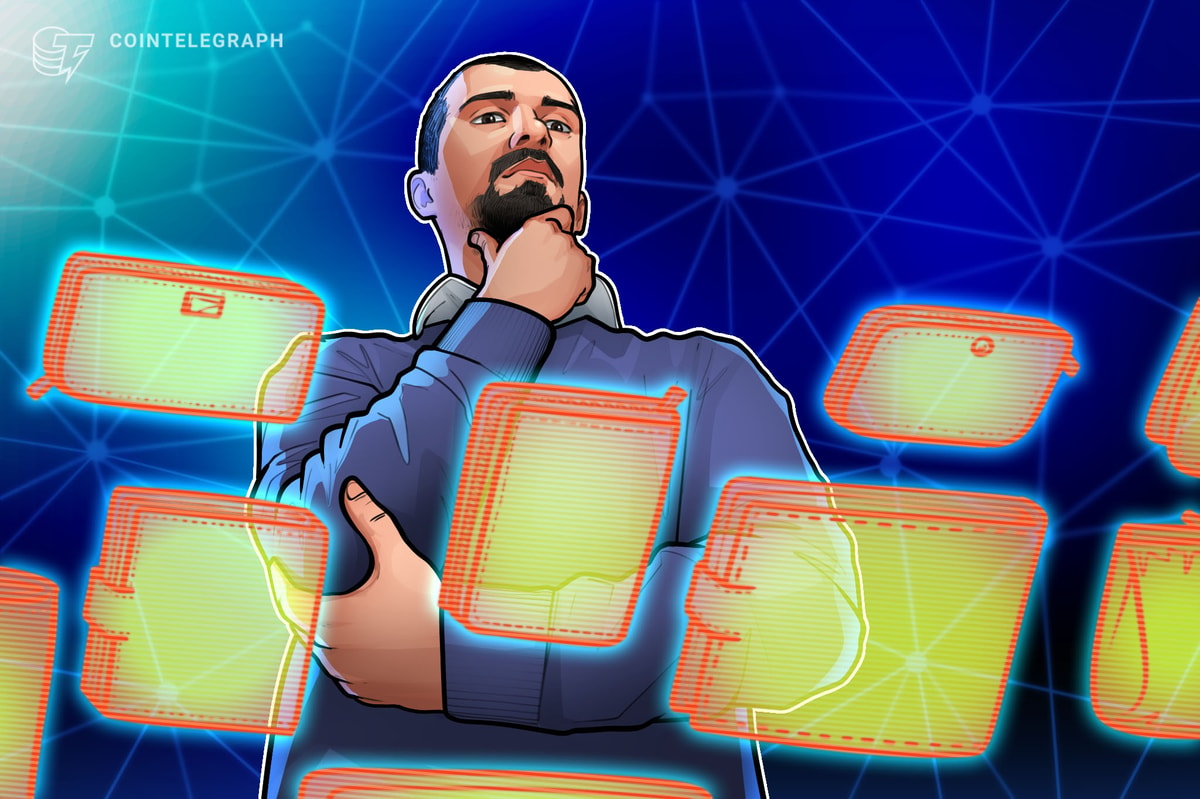A higher layer-1 (L1) capacity remains essential for Ethereum, even as the network follows a rollup-centric roadmap, Ethereum co-founder Vitalik Buterin argued in a Feb. 14 blog post.
He presented his case for further increases to Ethereum’s gas limit despite a recent agreement that raised it from 30 million to 36 million.
Different scenarios with corresponding calculations needed to satisfy requirements. Source: Vitalik Buterin
Increasing the gas limit allows more transactions per block, but it also accelerates Ethereum’s state growth, making it more demanding to run a full node over time. If resource requirements become too high, fewer individuals may operate their own nodes, leading to greater reliance on centralized node providers and weakening Ethereum’s decentralization.
While Ethereum’s long-term roadmap prioritizes layer-2 (L2) solutions for handling most transactions, Buterin argued that increasing L1 gas limits remains crucial for censorship resistance, L2 interoperability, and key security functions.
“The practical value of the censorship resistance guarantee is dependent on (i) L1 fees being sufficiently low, and (ii) L1 having enough space that users can send bypass transactions even if an L2 censors a large number of users en masse,” he said.
Ethereum base layer’s role as a safe zone in disasters
Buterin highlighted L1’s role as a safety net in case of L2 failures, warning that Ethereum’s current capacity may be insufficient to handle mass withdrawals if a high-profile L2 with millions of users collapses. Using rough calculations, he estimated that, without optimizations, Ethereum might need to scale several times over — potentially close to 9x — to efficiently accommodate large-scale exits.
Additionally, he highlighted interoperability constraints between L2s, explaining that low-volume assets and non-fungible tokens (NFTs) often require routing through L1, making transfers expensive under current limits. He estimated that Ethereum’s L1 capacity may need to scale by approximately 5.5x to bring these costs down to an acceptable level.
Related: Vitalik outlines strategy for scaling Ethereum and strengthening ETH
Buterin also raised a security concern regarding ERC-20 token issuance on L2s. If an L2 undergoes a hostile governance upgrade, it could mint an unlimited number of tokens, potentially impacting the broader ecosystem. By keeping ERC-20 issuance on L1, projects can limit the risk of L2-based exploits and contain potential damage.
Ethereum sets Pectra upgrade date
Ethereum has long struggled with high gas fees and network congestion, making transactions expensive and inefficient for traders. To address this, the network adopted a rollup-centric roadmap, leading to the rise of L2 solutions that process transactions offchain while using Ethereum for security.
While this strategy has helped reduce congestion and lower transaction costs, it has also led to a decline in fee revenue for the Ethereum mainnet, which recently fell below $1 million for the first time since September.
The next major Ethereum upgrade, Pectra, is now expected for April 8. One of its key changes is increasing the target number of “blobs” — large data packets that enhance scalability by improving data availability for L2s — from three to six per block.
Pectra will also introduce a staker-voted mechanism for this change, similar to how Ethereum validators currently vote on gas limit adjustments.
Magazine: Pectra hard fork explained — Will it get Ethereum back on track?









